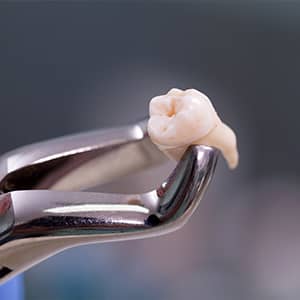At Pristine Oral & Maxillofacial Surgery, we excel in dental implant services, providing a durable and visually appealing solution for missing teeth. Our skilled team uses advanced techniques for precise implant placement, ensuring a comfortable fit and long-lasting results.
Welcome to Pristine Oral & Maxillofacial Surgery


Introducing Dr. Garry Shnayder
Dr. Shnayder: A full scope Oral and Maxillofacial Surgeon with a focus on complex office-based procedures including dental implant surgery, advanced bone grafting, wisdom tooth extraction, exposures of impacted canines for orthodontic patients, 3D imaging and so much more.
Dr. Garry Shnayder is an Oral and Maxillofacial Surgeon member of the American Academy of Oral and Maxillofacial Surgery. Dr. Shnayder completed 4 years of specialized training in the Department of Oral & Maxillofacial Surgery in addition to his Dental School education.
Wisdom Teeth Removal
Our expert team offers specialized wisdom teeth removal services to address discomfort and prevent future dental issues. Utilizing state-of-the-art techniques, we ensure a safe and minimally invasive procedure, focusing on patient comfort and optimal recovery outcomes.
Bone Grafting
We utilize advanced bone grafting techniques to prepare patients for successful dental implantation or to restore functionality and aesthetics to areas affected by bone loss. Our expert team, led by skilled oral surgeons, carefully assesses each patient’s specific needs to determine the most appropriate type of bone grafting procedure.
Apioectomy
An apicoectomy, performed at Pristine Oral & Maxillofacial Surgery, is a precise surgical procedure aimed at removing the tip of a tooth’s root to treat infections that persist after root canal therapy. Our skilled surgeons use advanced techniques to access the infected area, ensuring the removal is thorough while preserving the surrounding bone and tissues.
Tooth Extractions
Tooth extractions involve removing a tooth from its socket in the jawbone, typically due to decay, disease, injury, or overcrowding. The procedure aims to alleviate pain, prevent further oral health complications, and make way for necessary dental treatments. Following an extraction, options for tooth replacement, such as implants or bridges, are considered to maintain dental function and aesthetics.
Intravenous Sedations
Intravenous (IV) sedation involves administering sedative drugs directly into the bloodstream through a vein, offering a controlled and rapid onset of relaxation and pain relief during dental procedures. This type of sedation allows patients to remain conscious but in a deeply relaxed state, often with little memory of the procedure afterwards.
Patients Oral Surgery Choice: Pristine Oral & Maxillofacial Surgery!









